The Fascination with Smallest Dog Breeds
There is a captivating allure to small dog breeds. Their tiny size, adorable features, and unique personalities have charmed dog lovers worldwide. In this article, we will delve into the world of the smallest dog breeds, examining their characteristics, suitability for different lifestyles, care requirements, and more. Whether you’re considering a compact canine companion or simply fascinated by these diminutive breeds, join us on this journey through the world of the smallest dogs.
PetAddict.net – The best place where you can find everything about your pet!
Characteristics of Smallest Dog Breeds
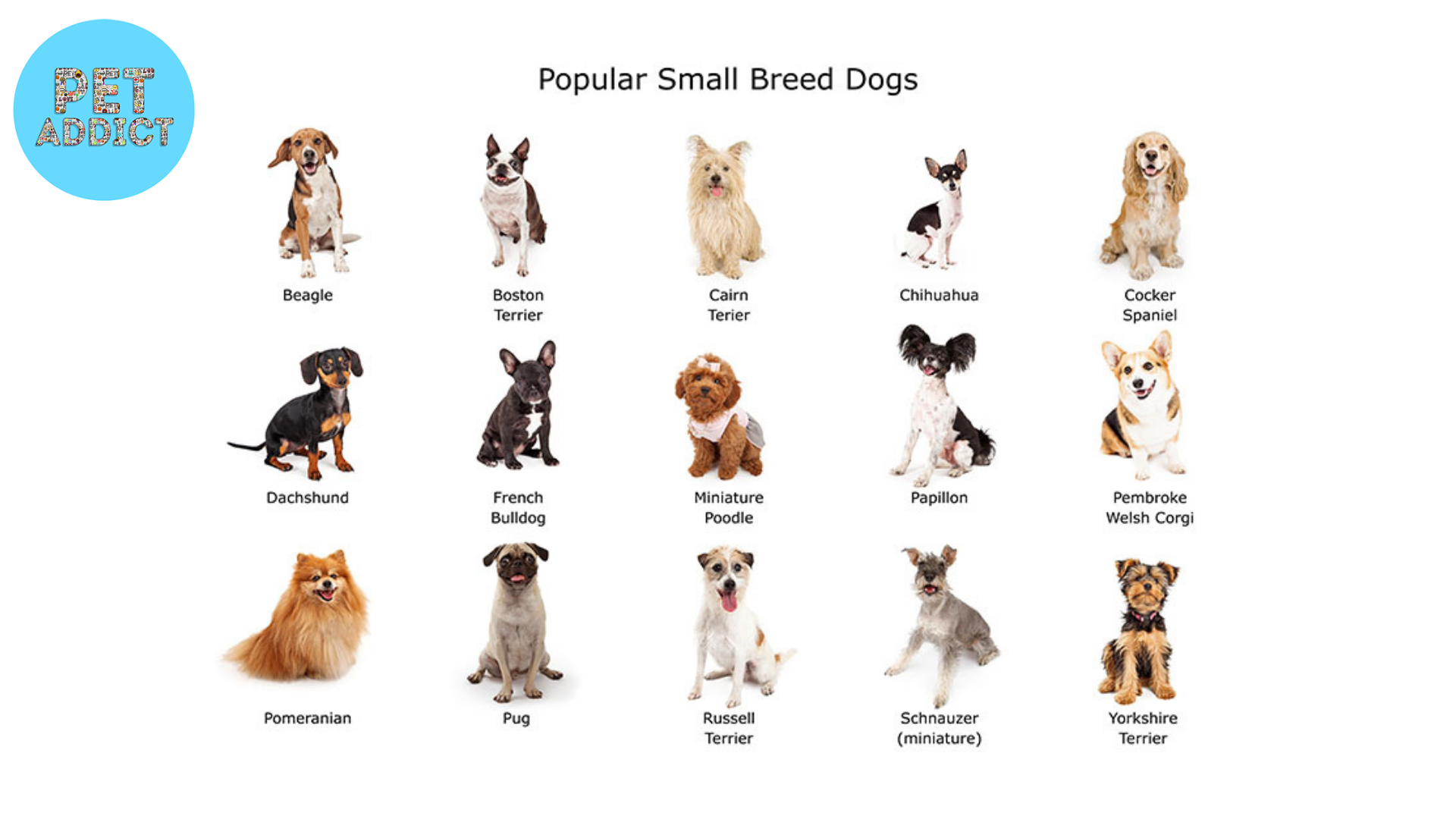
The smallest dog breeds come in a variety of sizes and weight classifications. While specific size ranges may vary, small dogs generally weigh under 22 pounds (10 kilograms). They possess unique physical features, such as delicate frames, and expressive eyes, and often have longer lifespans compared to larger breeds. Additionally, many small breeds exhibit lively and affectionate temperaments, making them delightful companions.
Top 10 Smallest Dog Breeds
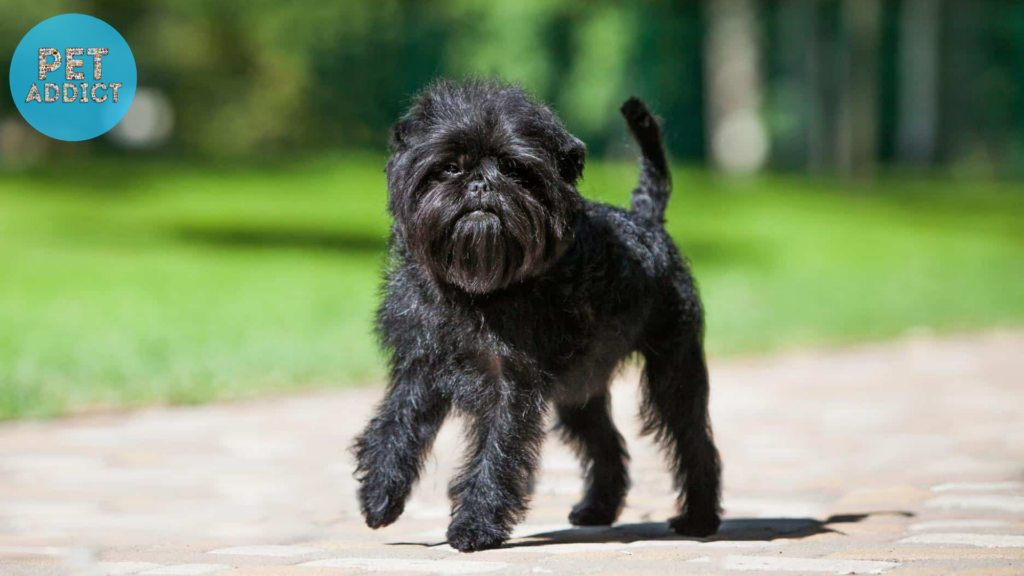
Let’s take a closer look at the ten smallest dog breeds, highlighting their distinct characteristics:
- Chihuahua
- Yorkshire Terrier
- Shih Tzu
- Pomeranian
- Maltese
- Toy Poodle
- Papillon
- Affenpinscher
- Brussels Griffon
- Japanese Chin
Each of these breeds possesses its own charm, from the Chihuahua’s spirited nature to the elegant grace of the Japanese Chin. Understanding their specific traits can help prospective owners make informed decisions when choosing a small dog breed.
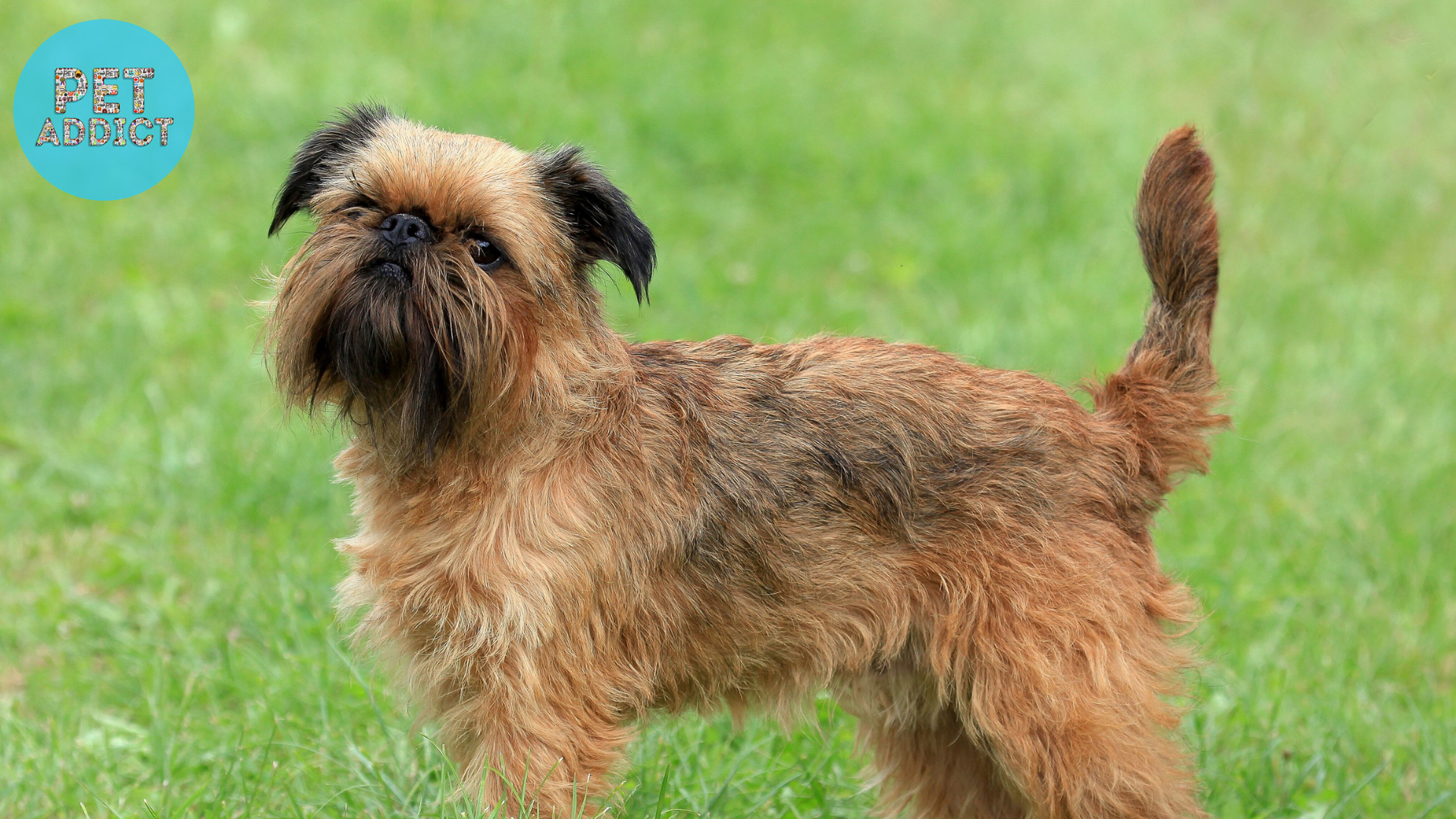
Small Dog Breeds for Apartment Living
For individuals residing in apartments or compact living spaces, certain small dog breeds are particularly well-suited. These breeds typically require less exercise and have lower activity levels, making them adaptable to limited indoor areas. Examples of small dog breeds suitable for apartment living include the Cavalier King Charles Spaniel, French Bulldog, and the Bichon Frise. However, it’s important to note that regular exercise and mental stimulation are still necessary to maintain their overall well-being.
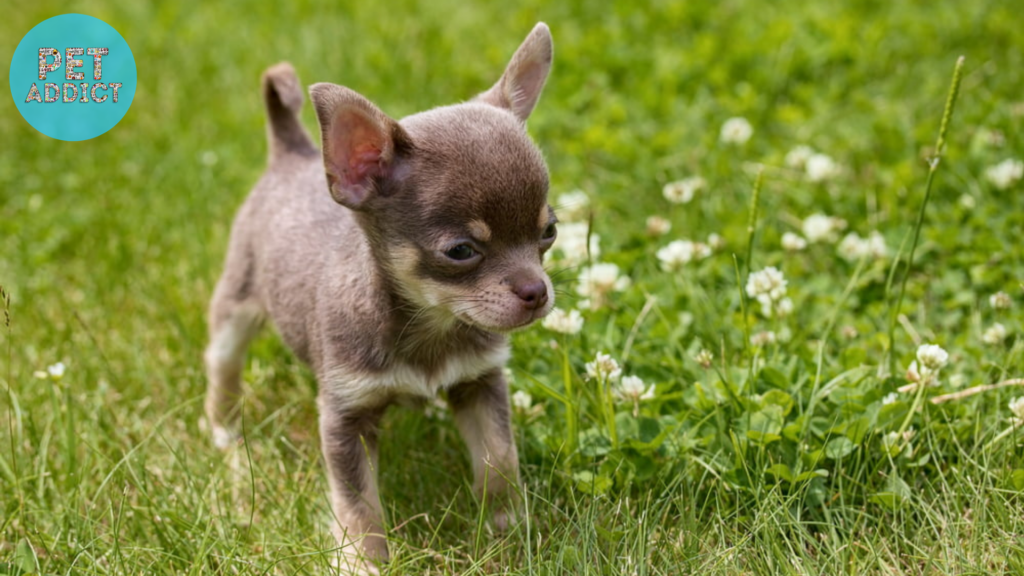
Small Dog Breeds for Families
When considering a small dog breed for a family, several factors come into play. The breed’s temperament and compatibility with children are crucial considerations. Breeds known for their affable and gentle nature, such as the Beagle, Cocker Spaniel, and Boston Terrier, are often excellent choices for families with children. It is essential to supervise interactions between young children and small dogs to ensure a harmonious relationship.
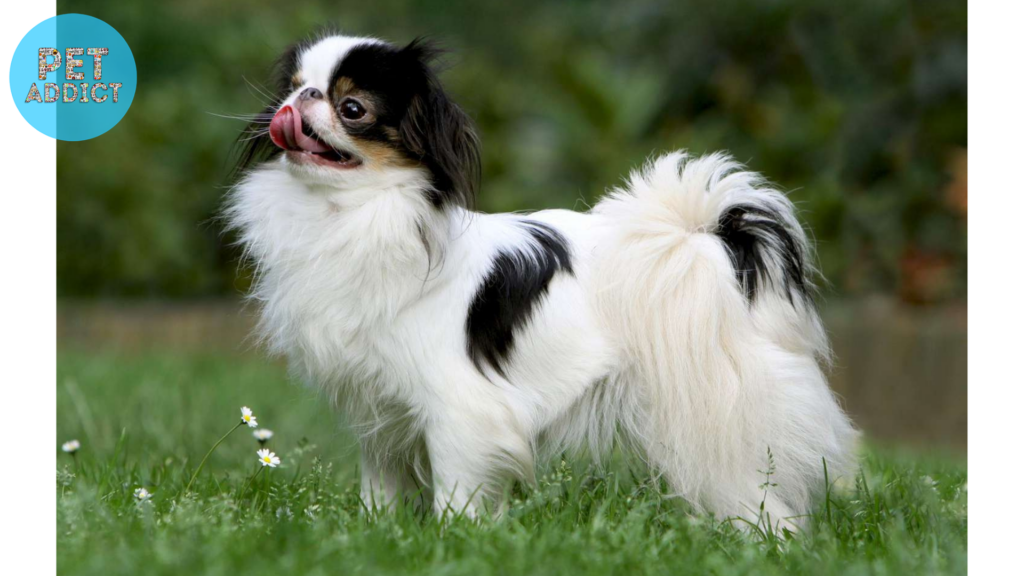
Grooming and Care for Small Dog Breeds
Grooming needs for small dog breeds can vary significantly. Some breeds, like the Shih Tzu and the Bichon Frise, have long, luxurious coats that require regular brushing and occasional professional grooming. Others, such as the Dachshund or the Jack Russell Terrier, have shorter coats that are relatively low-maintenance. Dental care is also vital for small dogs, as they are prone to dental issues. Establishing a regular grooming routine, providing balanced nutrition, and engaging in appropriate exercise are essential for their overall health and well-being.
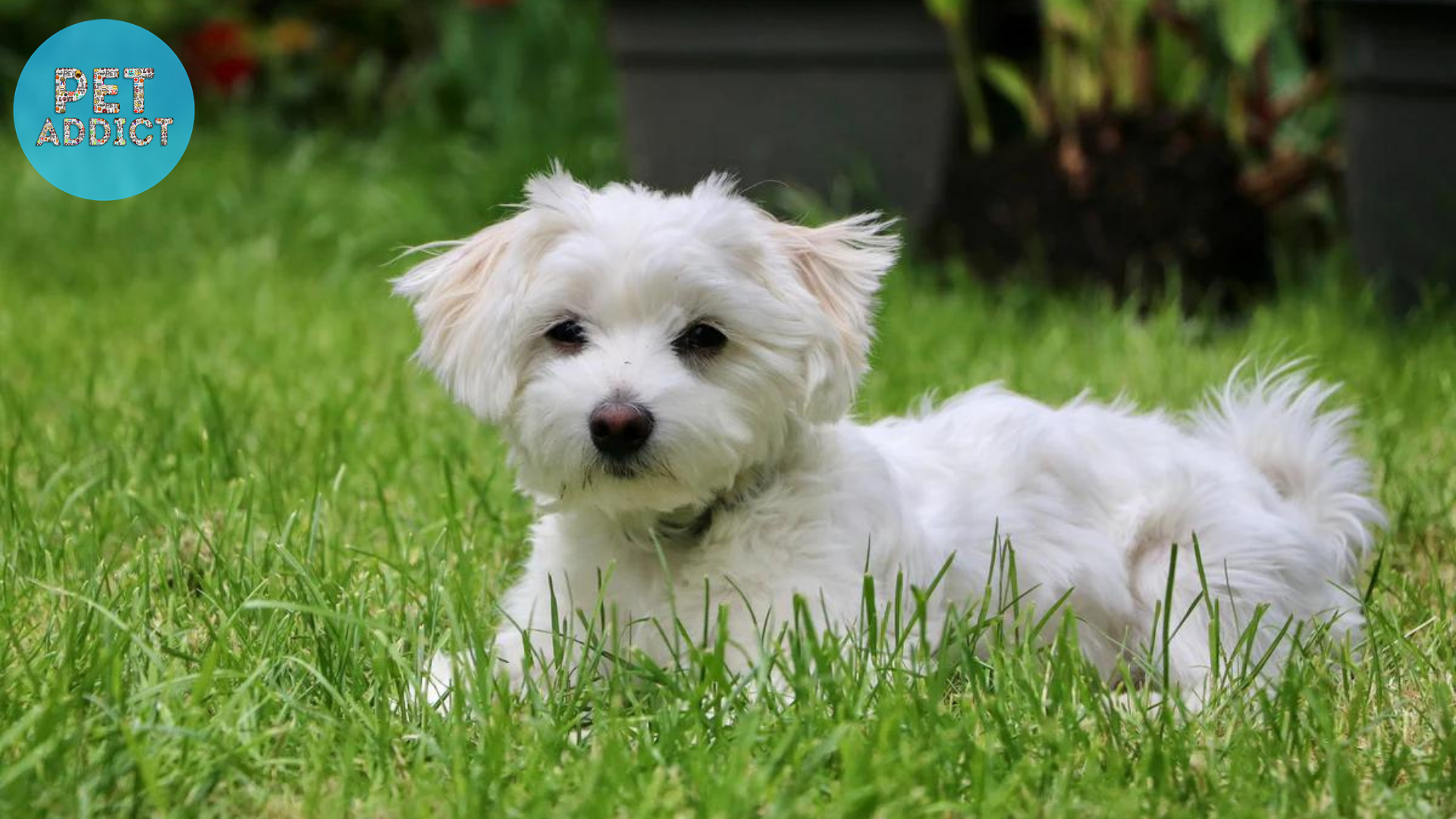
Training and Socialization
Training and socialization are integral aspects of responsible pet ownership for small dog breeds. While their diminutive size may lead to indulgent behavior or overprotectiveness, proper training can help address these challenges. Early socialization with other dogs and exposure to various environments will help them develop into well-adjusted companions. Positive reinforcement training methods work best for small dogs, as they respond well to praise and rewards.
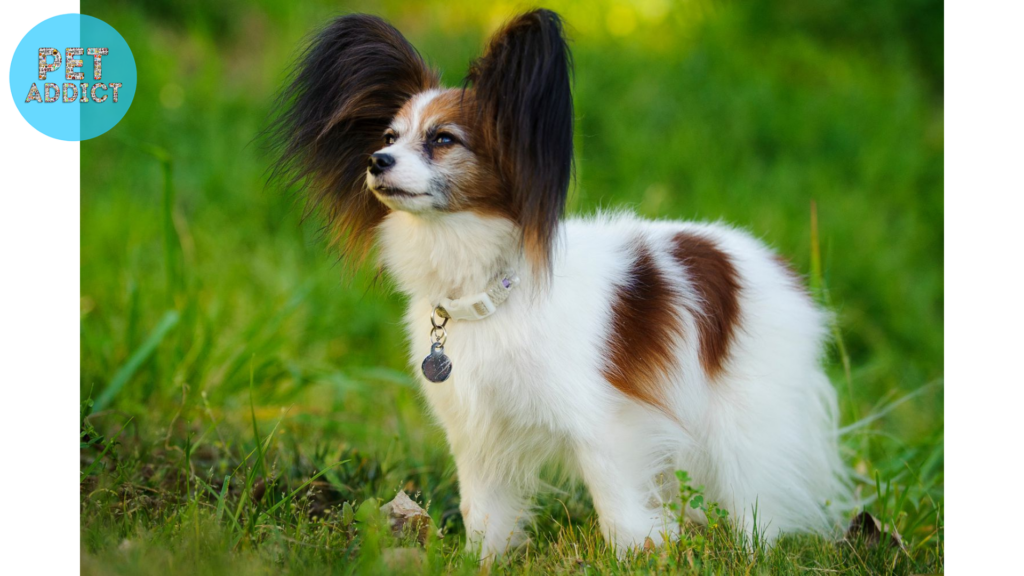
Health Considerations
Small dog breeds, like any other, are susceptible to certain health issues. Patellar luxation, dental problems, obesity, and respiratory conditions can be common in smaller dogs. Regular veterinary check-ups, vaccinations, and preventive care, such as dental hygiene, are essential to keep them healthy. Understanding breed-specific health concerns and taking necessary precautions will ensure a longer and happier life for your small canine friend.

Choosing the Right Small Dog Breed for You
When selecting a small dog breed, it’s crucial to consider your lifestyle, activity level, and personal preferences. Researching breed characteristics, energy levels, exercise requirements, and grooming needs can help you make an informed decision. Consulting with reputable breeders, rescue organizations, or breed-specific clubs can provide valuable insights and guidance to find the perfect small dog breed that aligns with your lifestyle.
Conclusion
Exploring the world of the smallest dog breeds reveals a delightful array of canine companions. Their compact size, endearing features, and charming personalities make them popular choices for many dog lovers. Whether you seek a devoted lapdog, a playful family pet, or a companion for apartment living, there is a small dog breed to suit your preferences and lifestyle. By understanding their characteristics, care requirements, and health considerations, you can embark on a rewarding journey of companionship with these remarkable little dogs.




